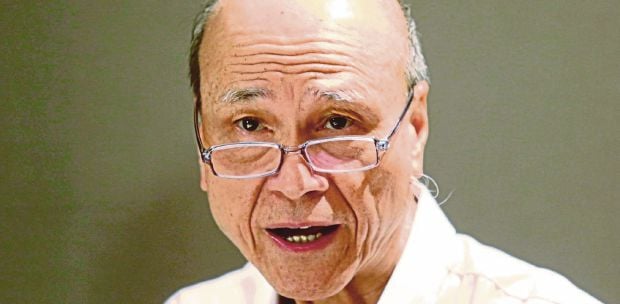THE latest bus tragedy in Genting Highlands which killed two Chinese tourists has once again highlighted a significant and persistent issue in Malaysia — road safety.
Frequent reports of road crashes and accidents along our highways and roads indicate that road safety in our country leaves much to be desired.
Similar tragedies have occurred over the years, raising urgent concerns about whether we have done enough for road safety.
Despite numerous investigations by various authorities and the submission of comprehensive reports with recommendations, we have not succeeded in achieving zero accidents along the Genting route.
Following a very serious bus tragedy in Genting on Aug 21, 2013, which claimed 37 lives, I was appointed by the then transport minister to head an independent panel of inquiry which later proposed 51 recommendations to the government to improve road safety along the Genting stretch. This was not followed through by the relevant authorities.
This failure prompts a critical question: Are we genuinely committed to preventing such tragedies and achieving zero accidents?
From my perspective, accidents will continue unless those involved in the transport and tour industries commit to adhering to safety rules, regulations, and guidelines, and put them into practice consistently.
This commitment is crucial. Without the rigorous implementation of safety protocols and standard operating procedures (SOPs), accidents will inevitably recur.
A fundamental issue in our country today is the absence of a robust road safety culture.
The numerous accidents over the past years are a stark reminder that we have yet to instil a comprehensive road safety mindset among our people.
It is essential to recognise that road safety is not merely a regulatory requirement but a shared responsibility that demands active participation from all sectors of society.
Creating a road safety culture requires a multifaceted approach.
The authorities must enforce traffic laws more stringently. This includes ensuring that all transport operators comply with safety standards.
The government should invest in improving road infrastructure, particularly in high-risk areas like the Genting route.
This includes better road signages, improved lighting, and regular maintenance to ensure roads are safe for travel.
The time has come for everyone — transport operators, regulatory bodies, tour operators, and the general public — to take road safety seriously.
It is not enough to rely solely on governmental efforts; a collective commitment is essential.
Achieving zero accidents is an ambitious goal, but it is not unattainable.
With a concerted effort from all stakeholders, we can create safer roads for everyone. Let us take this tragedy as a catalyst for change and work towards a safer and more secure community.
TAN SRI LEE LAM THYE
Chairman
Alliance for a Safe Community





